Potential Difference DefinitionPotential difference is the term used to describe the difference in electrical potential between two locations. Positive charges repel one another when they are near one another. Two negative charges repel one another when they are close to one another. On the other hand, when brought near together, a positive and negative charge is drawn to one another. 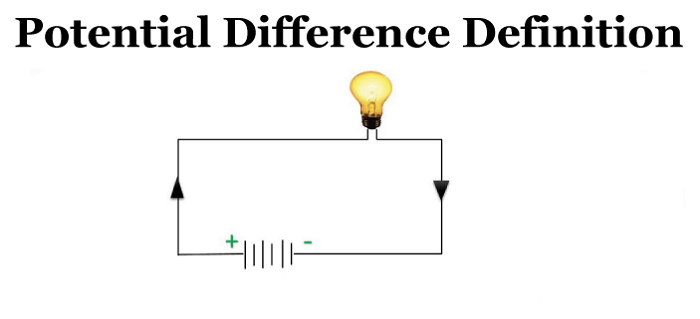
These two polar opposite charges can be combined to create a useful force. We need a positive (+) and a negative (-) to perform any electrical tool, equipment, mobile phone, or household appliance. The capacity of charged particles to do work is known as electric potential. Two opposing charges thus have a potential difference. Volts are used to measure potential differences (pd). Definition of Potential Difference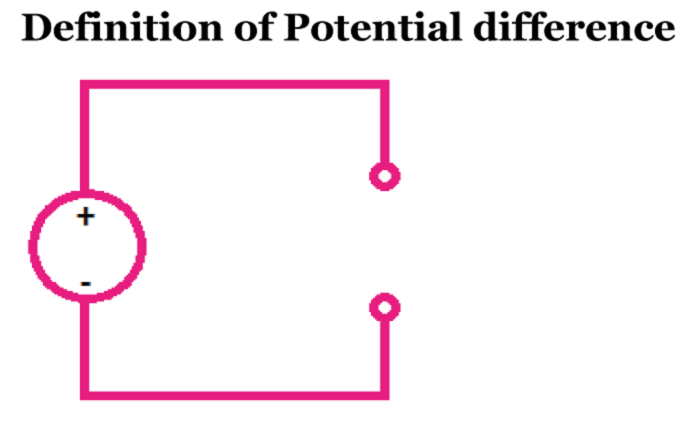
Potential difference is the simplest way to describe the difference in electrical potential between two places. The closeness of two positive charges causes them to repel one another. The potential difference is the amount of work energy needed to transport an electric charge from one location to another. Volts are used to measure potential differences. The difference in potential between two places represents the effort or energy expended while transferring a unit quantity of electricity from one location to another. The Potential Difference Unit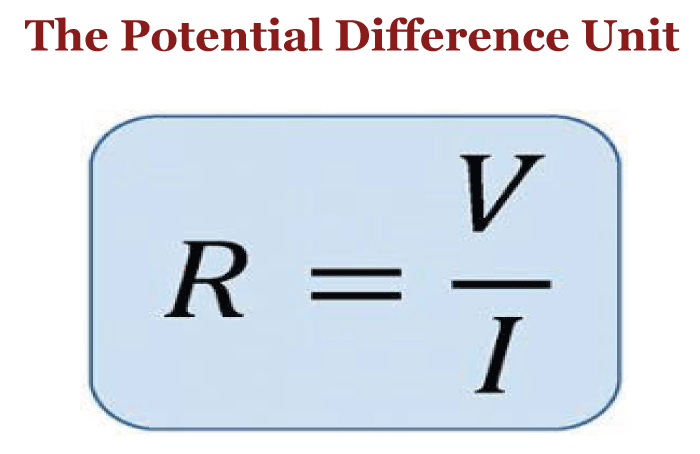
The potential difference unit is known as the Alessandro Volta (Volt). Electric potential is measured in terms of volts. A type of potential energy called electrical potential defines the amount of energy that can be created if an electric current were to run. One volt is the variation in electric potential between two locations on a conducting wire when an electric current of one ampere dissipates one watt of electricity. Moreover, a 1 newton per coulomb electric field is created by the potential difference between two infinite, parallel surfaces separated at 1 meter apart. Voltage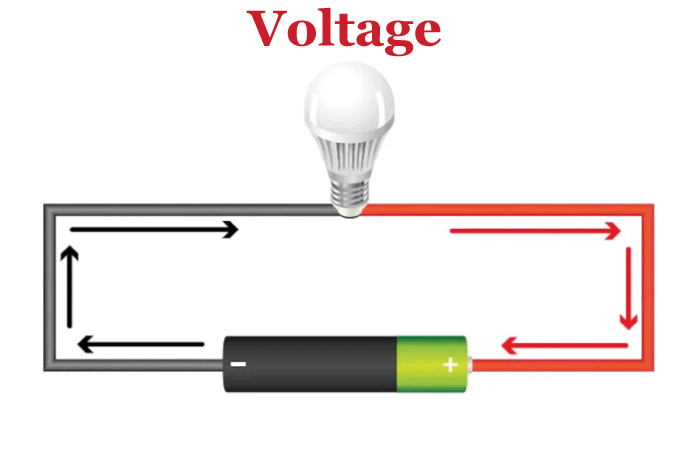
Potential difference is frequently referred to as voltage in the electronic sector. It is represented by the sign V. Electromotive force is sometimes represented by the symbols U or E, although any potential differences are represented by the standard sign V. The voltage dropped across a passive electrical component, such as a resistor, and the voltage produced by sources like batteries or solar cells are included. The amount of energy needed to transport one coulomb of charge from one location to another, measured in joules, is known as the potential difference, also known as the voltage difference, between two specified points. Volt is the name of the voltage SI unit. Voltage TypesThere are two kinds of voltage: direct current (DC) and alternating current (AC). DC is a constant voltage system. There is only one direction in which the electric charge (current) flows. Devices like solar cells and cell phone batteries produce DC voltage. AC is an alternating current system. Here, the direction of the electric charge (current) occasionally changes. Sources like AC generators provide AC voltage. Cell Terminal Potential Difference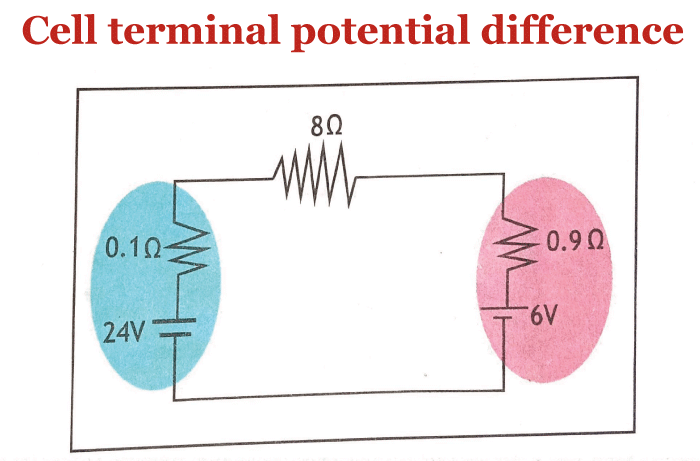
The terminal voltage is the difference in potential between the circuit's terminals when switched on. When no current flows through a cell or generator, EMF (electromotive force), on the other hand, is the greatest potential difference that may be created. A voltmeter is used to measure the terminal voltage, while a potentiometer is used to measure the electromotive force. The terminal voltage is consistently lower than the EMF due to the potential drop generated by the current flowing through the cell's internal resistance. Yet, EMF is a cell's distinctive constant; terminal voltage does not. The potential difference between two poles in a closed circuit is a cell's terminal potential difference. The terminal potential difference is smaller than the cell's electromotive force when current is drawn from the cell. The internal resistance r impacts the output voltage of a voltage source while a current is flowing. V = emf Ir provides the terminal voltage V of a gadget when I is the electric current and is positive whenever moving beyond the positive terminal of the voltage source. Relationship Between a Cell's Terminal Potential Difference and Internal Resistance EMF
The terminal voltage of a battery may be calculated using the emf of the battery and the voltage drop across the internal resistance if the current goes "backward" from positive to negative poles.
Next TopicProgram Definition
|
 For Videos Join Our Youtube Channel: Join Now
For Videos Join Our Youtube Channel: Join Now
Feedback
- Send your Feedback to [email protected]
Help Others, Please Share










